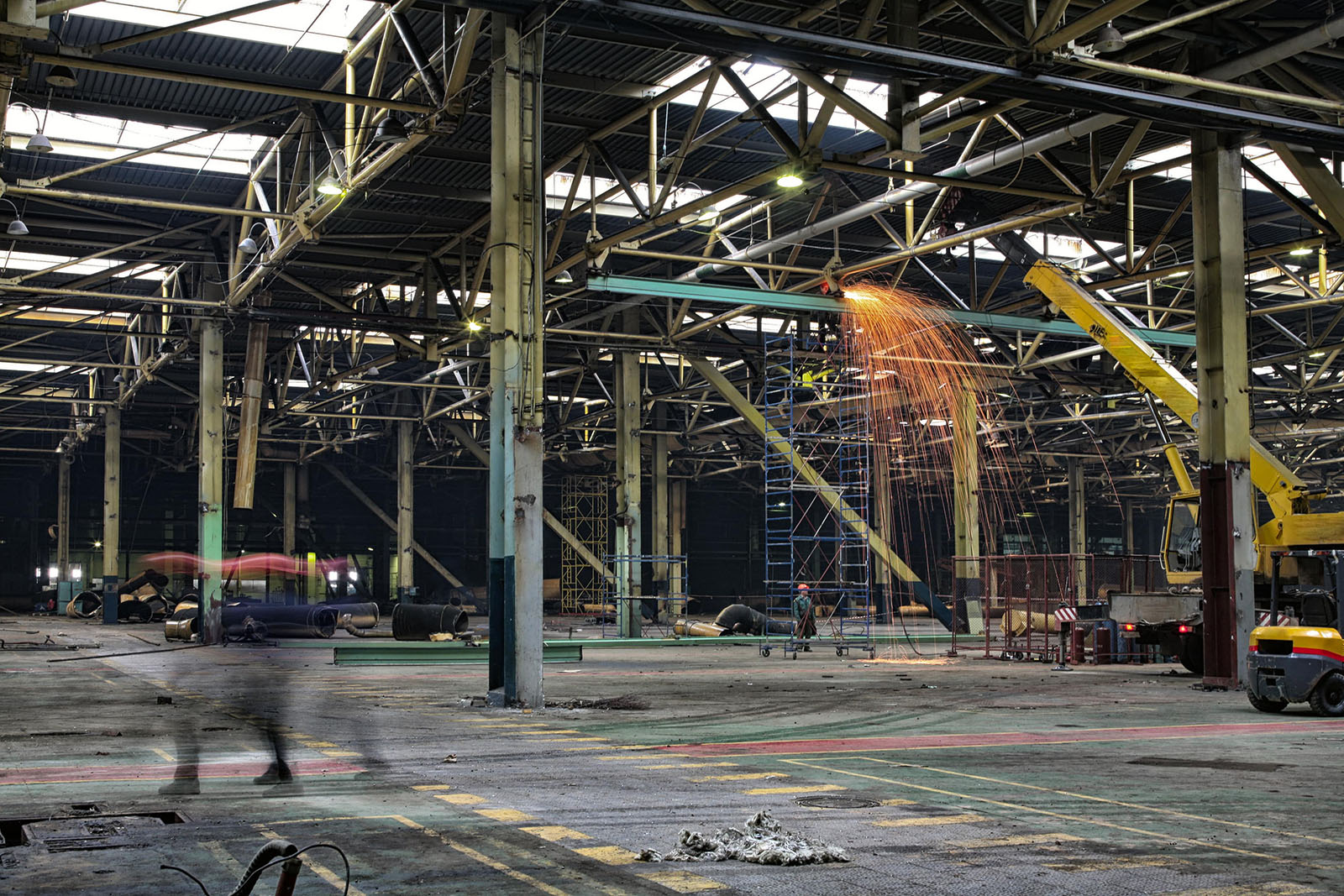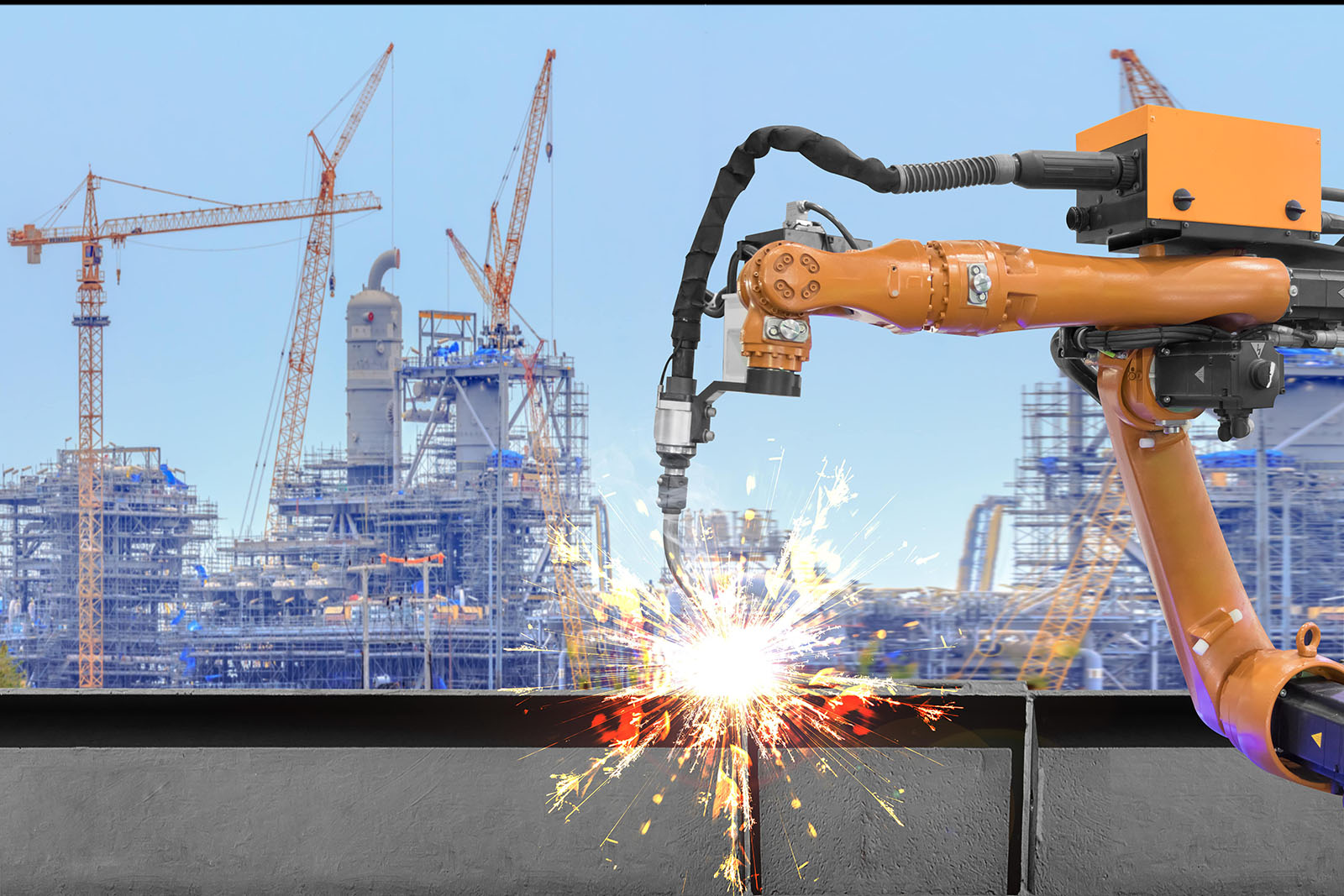Earlier, the construction industry was known for its manual labor-intensive processes; now, the definition of construction is transforming with the integration of construction automation. One of the results of this technological shift is aimed at enhancing the efficiency and safety of construction projects. By adapting to advanced technologies, construction industries can streamline operations, reduce costs, and improve project outcomes. These technologies are robotics, artificial intelligence, and the Internet of Things (IoT). In this context, understanding the role and benefits of construction automation is crucial for industry stakeholders looking to adapt and thrive in a rapidly evolving landscape.
What is Construction Automation?
Construction automation includes the use of machines, software, and other technologies to automate work that used to be done manually. It includes the integration of new technologies like construction robotics, drones, AI, and Building Information Modeling (BIM) for assembling accurate 3D and spatial data that is fully integrated into the process of designing, selling, and executing construction. Construction automation reduces costs and increases productivity, accuracy, safety, and finish time of projects.
The Need for Automation in Construction

The industry requires automated construction solutions to mitigate three core problems: labor shortages, expensive costs, and unsafe working environments. Traditional construction practices lead to multiple delays, inefficiencies, and safety hazards on construction sites. Automated construction systems solve these problems.
- Increasing Efficiency: Project work processes become shorter while resource management improves because automated systems execute exact and rapid repetitive operations.
- Enhancing Safety: With automation, companies can improve safety performance by eliminating dangerous tasks from the work site.
- Improving Quality: Modern construction methods that use automation allow capital project owners a reliable and consistent quality output. With this automation, it does not involve manual labor and provides precise outcomes.
Key Technologies Driving Construction Automation

- Robotics and Drones: The deployment of robotic systems, including drones, allows the completion of bricklaying tasks, demolition operations, and concrete dispensing alongside other tasks that need minimal human involvement and higher precision. On the other hand, Drones are used for site surveys, inspections, progress monitoring, and collecting real-time data, reducing the need for manual site visits.
- AI and Machine Learning: Artificial Intelligence (AI) and Machine Learning (ML) algorithms analyze huge amounts of data to plan projects better, predict equipment maintenance needs, and aid in decision-making, among other things. For instance, using historical data and current project parameters, AI can predict potential delays and take proactive actions.
- Building Information Modeling (BIM): BIM is a digital representation of a facility’s physical and functional characteristics. It is a knowledge resource shared amongst stakeholders, enabling collaboration and increasing the ability to make decisions during the project’s life cycle. With BIM, ideas can be conceived and plotted on paper before any building, and serious issues can be identified and resolved before any construction starts.
- Automated Construction Equipment: Autonomous bulldozers, excavators, and cranes perform tasks with minimal manual interference. Hence, these machines can continuously work in hazardous environments without fatigue, perform highly precise tasks, and improve productivity and safety.
- Smart Wearables and IoT: These devices monitor worker safety and health in real-time, providing alerts for potential hazards. The Internet of Things (IoT) connects equipment tools and workers to enable data analysis. IoT sensors enabled by smart technology monitor equipment performance and forecast maintenance requirements to prevent equipment failures.
- Construction Project Management Software: It helps streamline the construction project by offering features such as budgeting, resource allocation, scheduling, and communication. Efficient project operations can be achieved through these tools while stakeholders collaborate better and operators get real-time information updates.
Why You Should Invest in Construction Automation?
- Enhanced Efficiency: All the daily routine or repetitive tasks can be performed with the help of automated software. At the same time, project managers can invest their time in other important tasks and be involved in significant decision-making.
- Improved Safety: Automation can help organizations improve workplace safety by protecting workers from dangerous responsibilities and decreasing workplace injuries and fatalities.
- Increased Productivity: The continuous operation of machines delivers improved productivity results and consistent performance.
- Better Quality Control: Automation ensures precision and adherence to specifications, reducing errors and rework.
- Competitive Advantage: Using automation technologies ahead of competitors leads companies to achieve unique market advantages.
Challenges and Considerations in Adopting Construction Automation
Despite the benefits, there are several challenges and considerations when adopting construction automation:
- High Initial Investment and ROI Concerns: Companies face two main barriers to automated system implementation which are expensive initial deployment costs and concerns about investment return rates (ROI). Numerous organizations revealed both substantial economic savings together with enhanced operational effectiveness through time.
- Workforce Resistance and Need for Upskilling: Due to automation, employees worry about job elimination even though companies need trained workers to manage automated systems. Automating industrial operations produces opportunities for qualified workers who will maintain and operate these automated systems.
- Integration Challenges with Existing Systems and Workflows: Existing systems face hurdles while integrating new technologies because the process demands detailed planning and smooth implementation to prevent operational disturbances.
- Regulatory and Compliance Considerations: Businesses must address regulatory standards and industry compliance requirements for automated systems because doing so protects their lawful and ethical operations..
Conclusion
Construction automation is transforming the industry by enhancing efficiency, safety, and productivity. Embracing technologies such as robotics, AI, and IoT presents significant opportunities for growth and improvement. However, addressing challenges related to investment, workforce adaptation, system integration, and compliance is crucial for successful implementation.
At OnIndus, we specialize in helping construction firms and government agencies integrate automation solutions into their Project Management Information Systems (PMIS) for smarter, data-driven project execution. From technology consulting to system implementation, we ensure a seamless transition to automation for maximum ROI.
FAQs
1. What is construction automation?
Construction automation involves integrating AI, robotics, IoT, and advanced software into construction processes to streamline operations, improve efficiency, and enhance safety. At OnIndus, we help firms implement automation-driven PMIS solutions, ensuring seamless project execution, cost control, and compliance with cutting-edge technology integration.
2. What are the four types of automation?
The four types of construction automation include fixed automation (pre-programmed machinery like robotic bricklaying), programmable automation (CNC machines), flexible automation (AI-driven equipment), and integrated automation (PMIS and IoT systems). OnIndus assists firms in implementing integrated automation, optimizing workflows, and enhancing real-time project management.
3. Will construction ever be automated?
While full automation is unlikely, construction is increasingly adopting robotics, AI, BIM, and automated equipment to enhance productivity. OnIndus helps firms integrate construction automation technologies into their PMIS platforms, enabling better project tracking, cost management, and decision-making while maintaining a human-technology balance.
4. What is building automation in construction?
Building automation refers to IoT-driven systems that control HVAC, lighting, security, and energy efficiency in structures. OnIndus assists firms in integrating automated monitoring and control systems into PMIS, ensuring smarter infrastructure management, energy savings, and long-term operational efficiency.
5. What are examples of automation in construction?
Examples of construction automation include robotic bricklaying, AI-powered scheduling, drone site inspections, IoT-based safety monitoring, and automated PMIS solutions. OnIndus specializes in PMIS automation, helping firms streamline project workflows, track progress, and optimize construction efficiency with real-time data insights.

